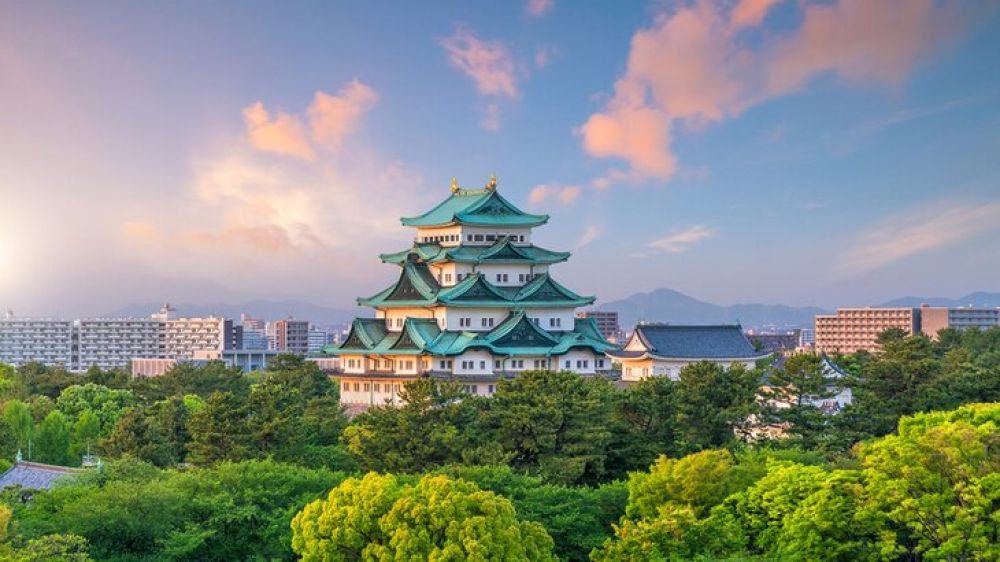

The cuisine of Nagoya, influenced by its rich cultural heritage, has its roots in the Edo period when the city served as a vital stopover along the Tokaido route. This location fostered a unique culinary style that incorporated both the sophisticated cooking of the samurai class and the heartier fare of common folk. With access to both fresh seafood from Ise Bay and a variety structures of local agriculture, Nagoya developed a variety of distinctive flavors and techniques, including the renowned red miso pastes which are a hallmark of the region's dishes. The cuisine here has evolved over time, retaining traditional practices while embracing innovation and modern influences.
Grilled eel served on a bed of rice, which can be enjoyed in three different ways, including a savory broth dipping.
Flat, wide udon noodles in a soy-based broth, often served with a variety of toppings.
Sweet and spicy glazed chicken wings that are a staple in local izakayas.
A combination of tempura and onigiri, typically featuring a shrimp tempura wrapped in rice and nori.
Pork cutlet with a thick layer of red miso sauce, offering a unique twist on the classic tonkatsu.
A local breed of chicken known for its rich flavor, served as sashimi, yakitori, or in nabe hot pots.
A Danish pastry topped with soft serve ice cream, often drizzled with syrup.
A savory-sweet biscuit made with eel extract, which despite its name, does not have a strong eel flavor and is loved for its unique taste.
Famous in the Himakajima area, these are large, succulent prawns that are lightly battered and fried to perfection.
Thick spaghetti served with a heavy, starchy sauce and a variety of toppings, which can be customized to include vegetables or seafood.
Famous for: Hitsumabushi (unagi over rice)
Famous for: Miso Katsu (pork cutlet with red miso sauce)
Famous for: Tebasaki (Nagoya-style chicken wings)
Famous for: Ankake Spaghetti
Famous for: Shiro-Noir (Danish pastry with ice cream)